The time has come! For years, we have heard the same question over and over again from our loyal customers: “A working wooden mechanical clock has long been our most requested new model. Your dream has also been our dream, and our team of Ugears engineers and designers have worked hard to make this shared dream a reality. Finally, the wait is over. Ugears is proud to present the Aero Clock, a DIY wall clock with pendulum, which works perfectly. The Aero Clock is not just a 3D wooden mechanical model or a nice display piece. The Ugears clock is a real working clock that you can build yourself, mount on the wall, wind up, and then watch the seconds, minutes, and hours tick by. The Aero Clock is an ingenious puzzle and a do–it–yourself clock mechanism that is unlike any other clock. It‘s a beautiful, precise piece of engineering that reveals how a weight pendulum clock works to builders and onlookers. Like all Ugears models, it also has an extra touch of fantasy, to captivate and charm our growing legion of fans.
This simple yet elegant Ugears clock is powered by the force of gravity that pulls down a weighted bag (you can fill the bag with sand or salt). Lift the bag on its pulleys to wind the clock. As it descends slowly, the weight turns a drive pinion, which then turns an escape wheel via a reduction gear. The clock features an adjustable weighted pendulum that interacts with the escape wheel through the steady ticking of the anchor mechanism. You can set the clock‘s ticking to the nearest second, by dragging the upper and lower weights of the pendulum. The gearbox also transmits rotation to an hour disc and a minute disc. One of the interesting features of our Aero Clock is that the time is not read using rotating hands on a clock face, but a fixed hand indicates the time on the slowly rotating numbered hour and minute discs. In addition, these discs rotate counterclockwise. Did you know that before standardization, some clocks ran clockwise and others went counterclockwise? In the role of the “cuckoo“, the Ugears Aero Clock features a model of a hot air balloon. The suspended hot air balloon descends quickly when the hour strikes, then slowly rises over the next hour.
The theme of the Aero Clock is that of the beginnings of aeronautics. Go back in time to the dawn of flight and the “balloonomania“ that gripped France and England in 1783 during the first free air travel in a balloon. Two years later, the intrepid Jean–Pierre Blanchard and John Jeffries made the first aerial crossing of the English Channel. We love the steampunk sensibility and adventurous spirit of this wooden clock model, and we think you will too! Imagine yourself as a discoverer of new horizons and a conqueror of the four winds. The wooden clock‘s case and intriguing mechanism depict an airbase set among the clouds, where zephyrs blow and the sun‘s filtered rays splash over the machines, while you, as the aeronaut, embark on a new journey of exploration on time.
The Ugears Wooden Clock Kit celebrates the role of clocks in exploration. Did you know that the problem of calculating longitude, which is essential for the accuracy of navigation at sea, was solved thanks to a clock? The idea was proposed by Dutch mathematician Gemma Frisius in 1530, but it wasn‘t until the mid–18th century that English watchmaker John Harrison developed a series of ship‘s clocks so accurate (to within 1/5 of a second per day) that ship captains could finally calculate their position at sea to within a few nautical miles. By knowing the exact time in London (Greenwich Meridian Time, or GMT), and calculating the time at their current position through celestial observation, navigators could calculate their position on the earth‘s surface. The problem of latitude had been solved by the Phoenicians as early as 600 BC. through celestial observation, which measured the altitude of the sun at noon or the angle formed by the North Star (or other navigation stars) and the horizon. But the problem of longitude would bother explorers for another 2,000 years. Harrison was eventually awarded the £20,000 (about £1.5 million in today‘s dollars) first prize established by Parliament‘s Longitude Act of 1714, after demonstrating the accuracy of his masterful clocks at sea. Now you too can become a watchmaker, with the Ugears Aero Clock model kit!
Launched at a time when the world seems to have slowed down, the Ugears Aero Clock, a wooden wall clock with pendulum that you build yourself, is both temporal and timeless in its simple elegance. This beautiful and functional wooden wall clock model is for watchmakers, hobbyists, explorers, creatives and romantics of all kinds, for all those who are ready to take on new challenges and take risks. If you‘ve ever looked at the sky thinking “I want to be there“ or you‘ve ever looked at a pendulum clock and wondered “How does it work“, then the Ugears Aerial Clock is for you. By building the Aero–Clock, a wooden wall clock with pendulum, you will learn the basic principles of watchmaking, how the stabilizing influence of an oscillating pendulum operates through a rocking anchor, locking and unlocking the gears of an escapement one second at a time, thus regulating the (slow) descent of a weight that drives the power gears and timing gears. The Ugears Aerodynamic Clock with Pendulum is a wonderful puzzle and the perfect family project. When you work together to assemble this wooden clock model kit, you experience the satisfaction of building something together, and not just any model, but a real working timepiece. Then you‘ll have a beautiful object for the home, something that your family can enjoy together over time. The Ugears Aerodynamic Clock with Pendulum is an exciting new addition to the Ugears collection of fascinating mechanical models.
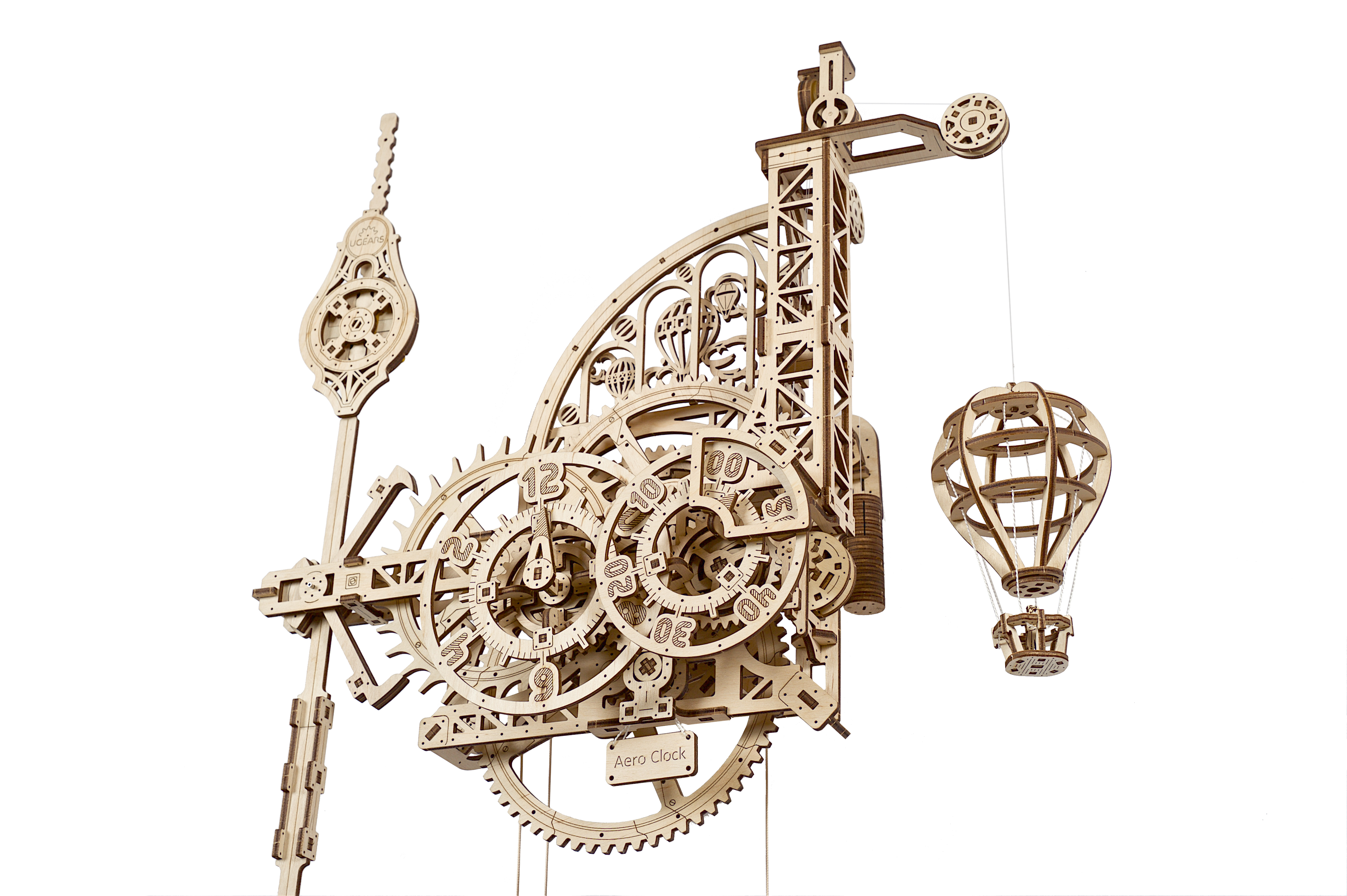

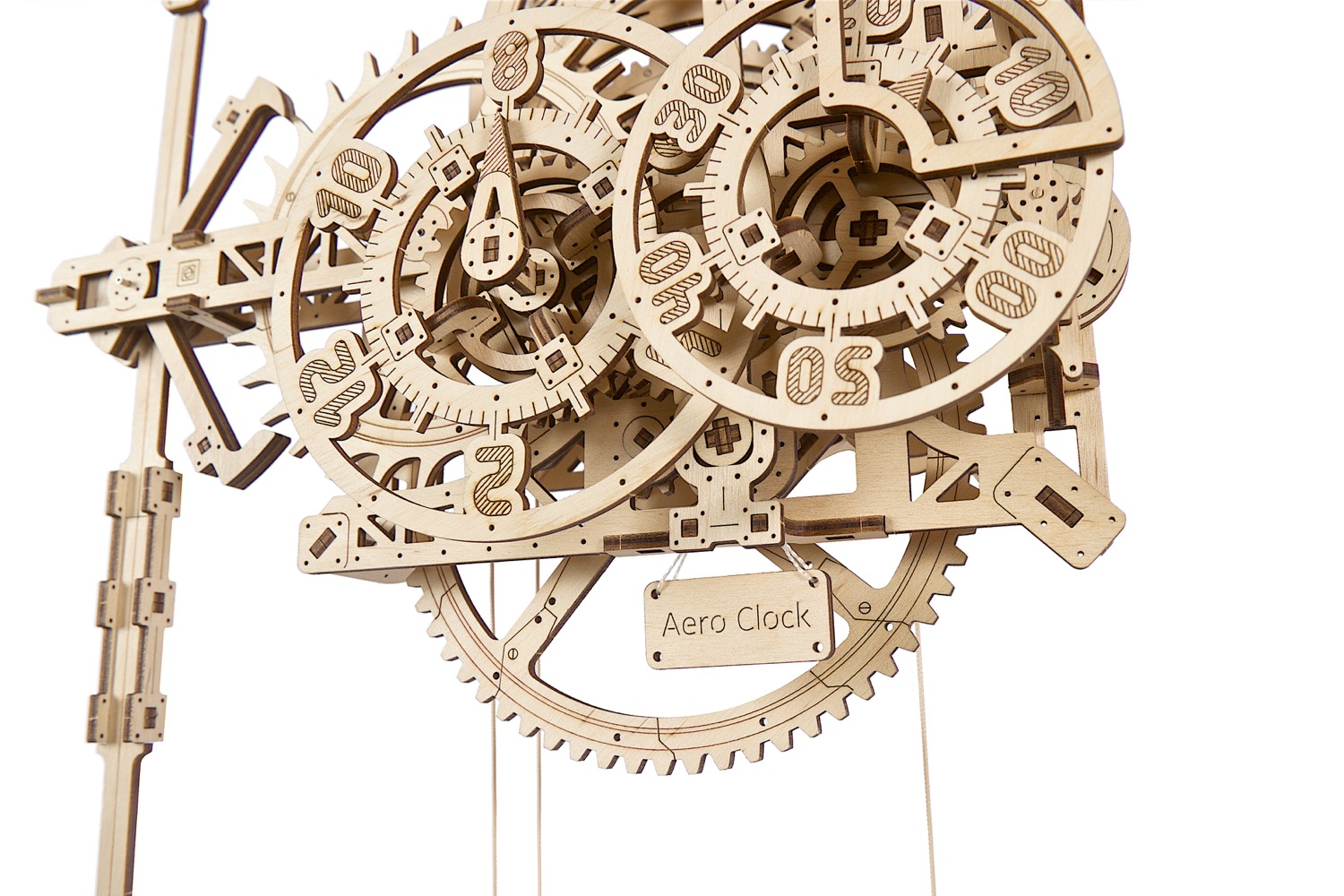
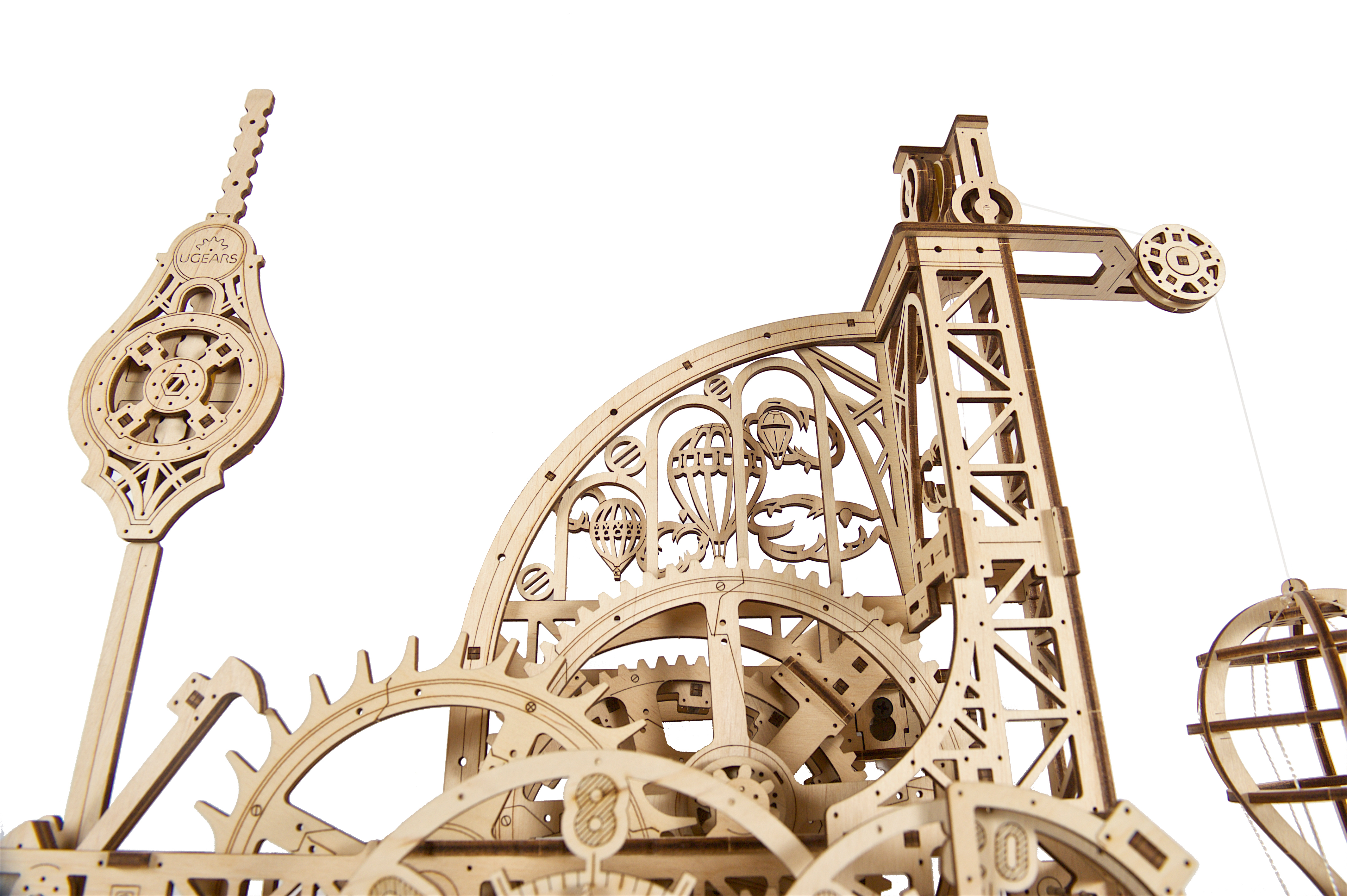
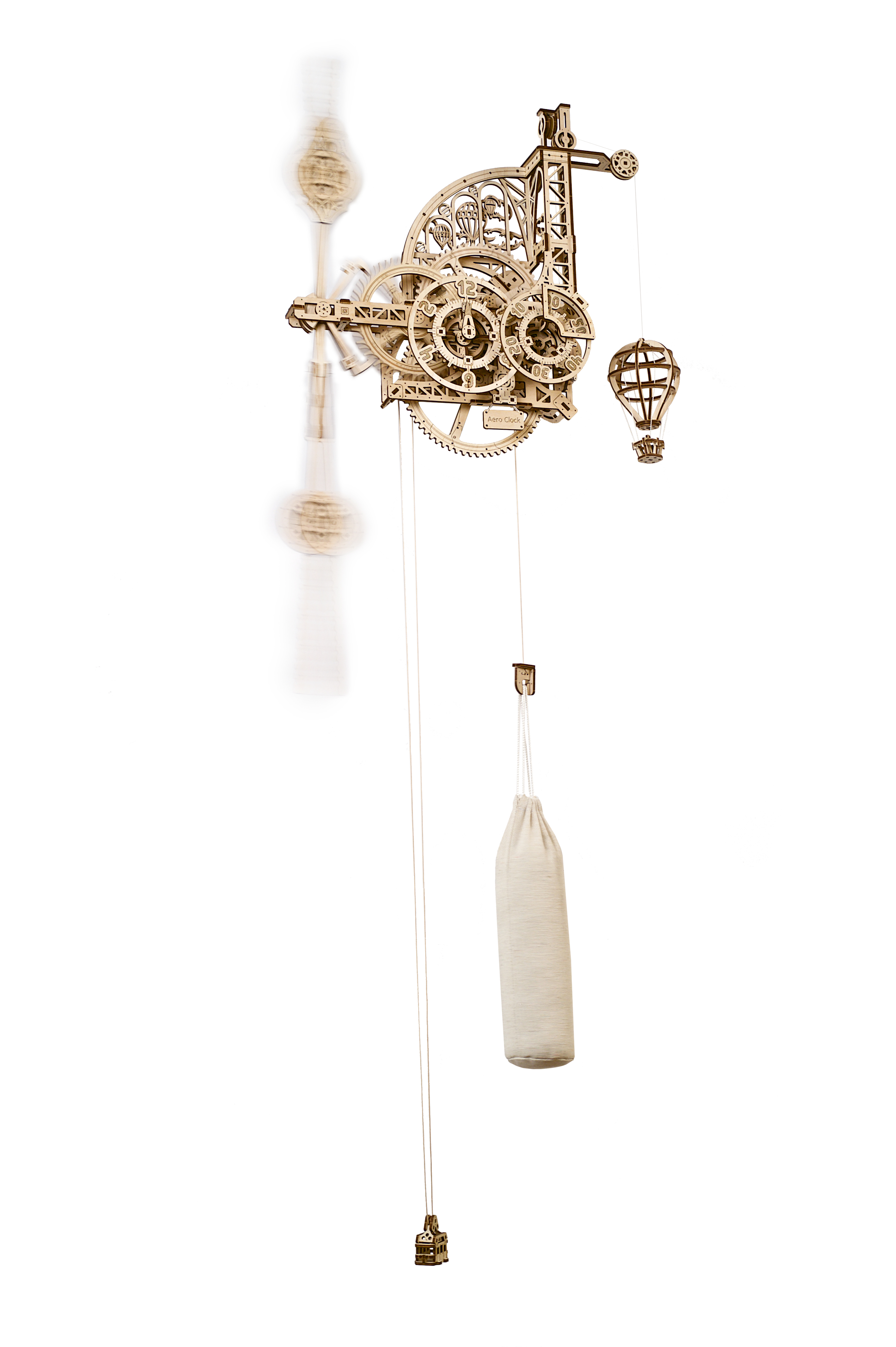

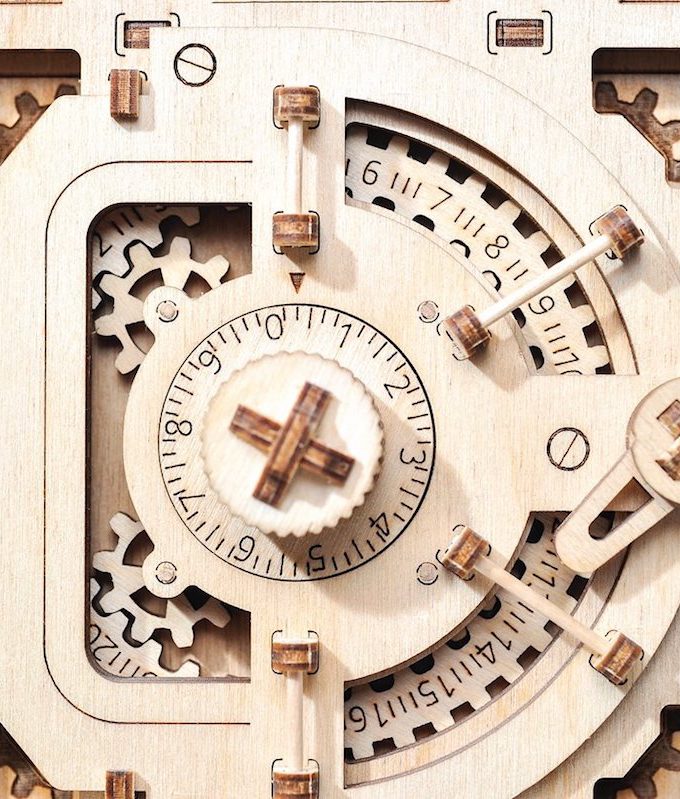
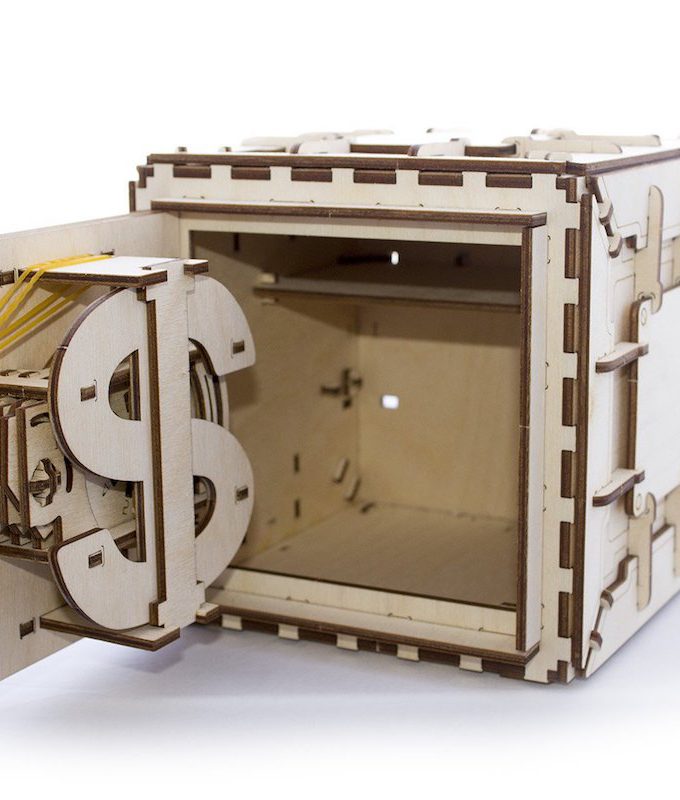

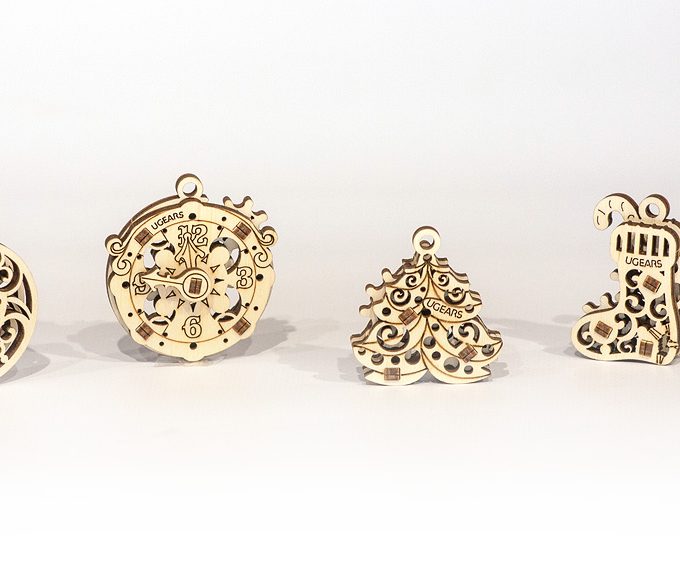
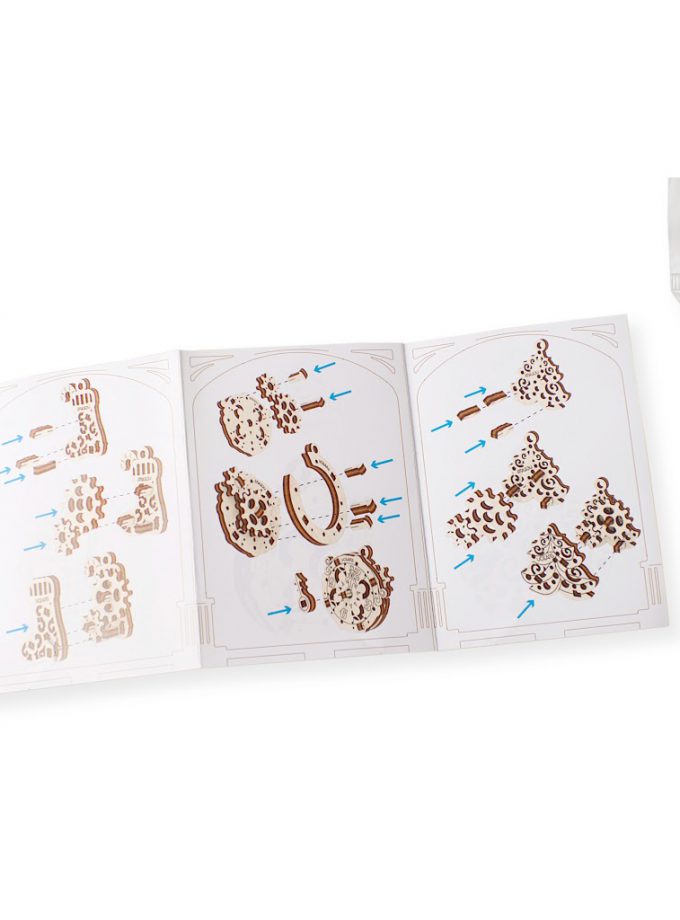
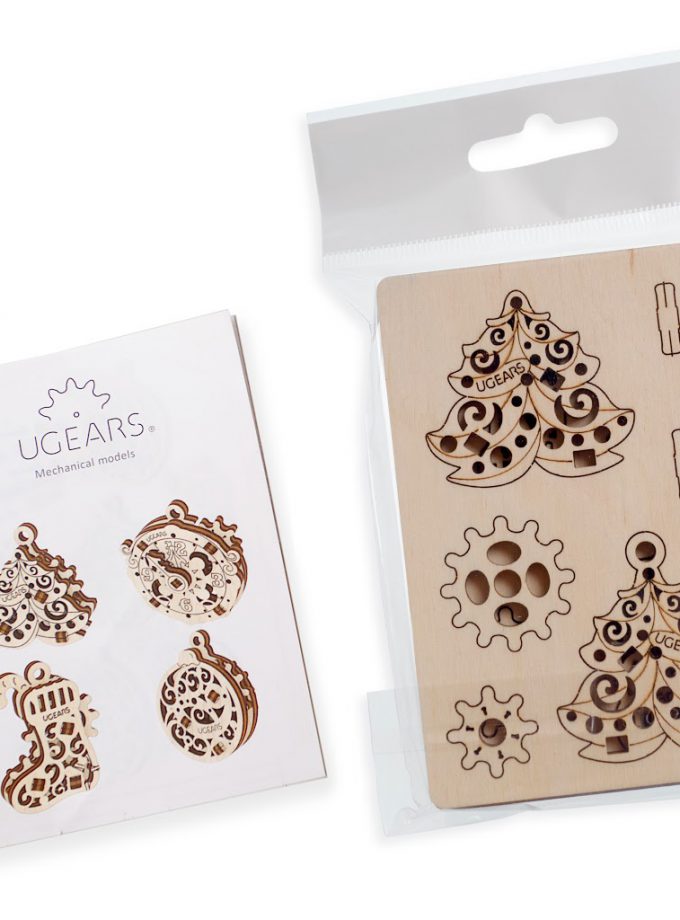
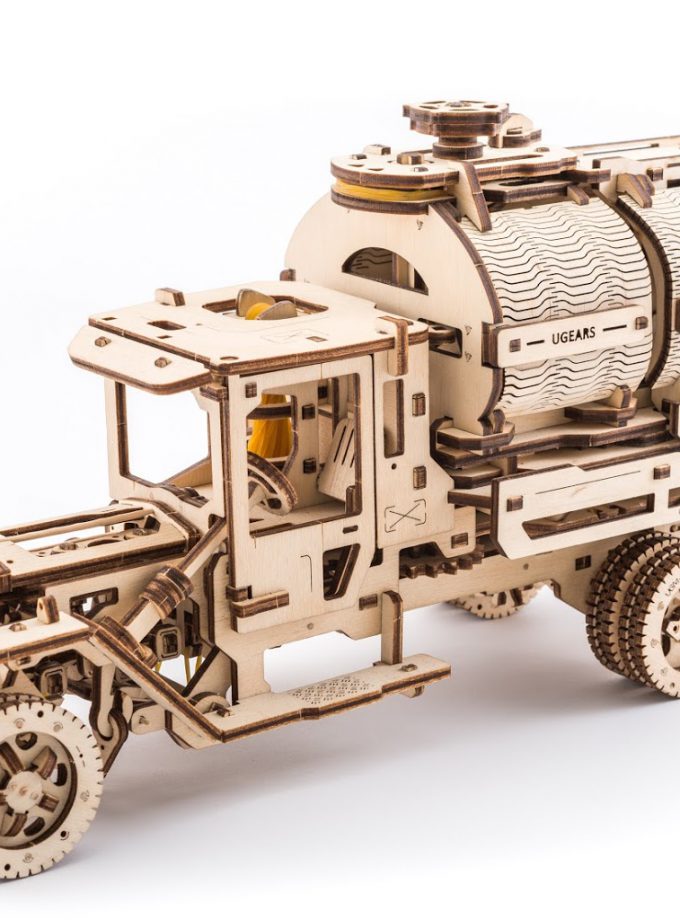
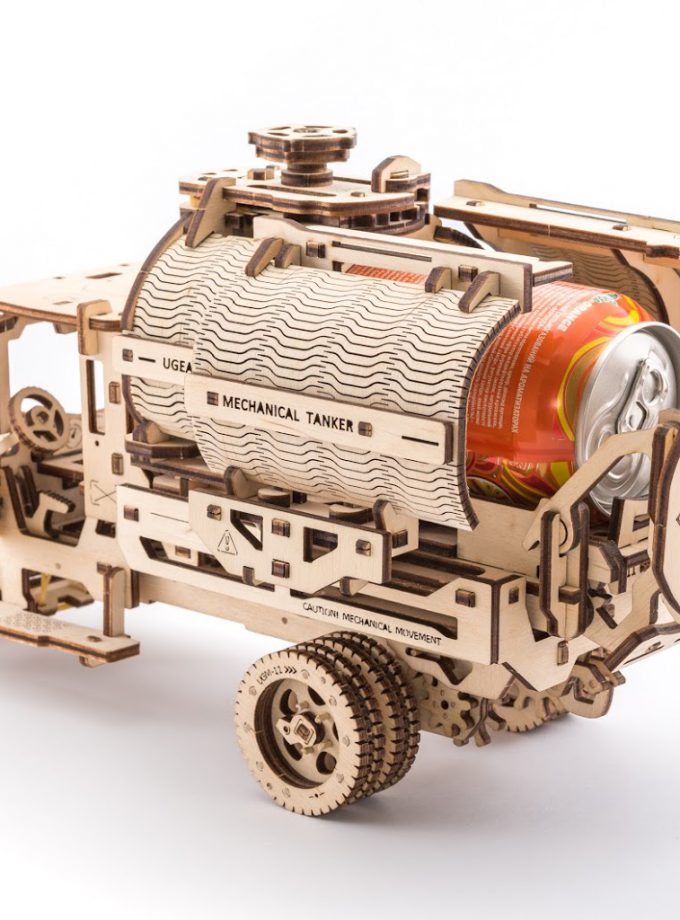

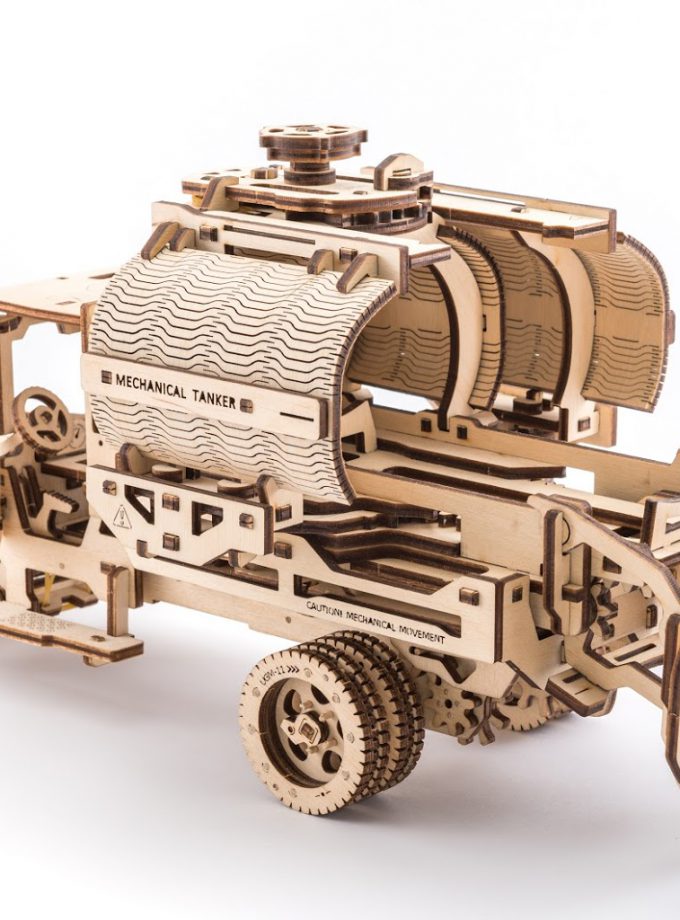

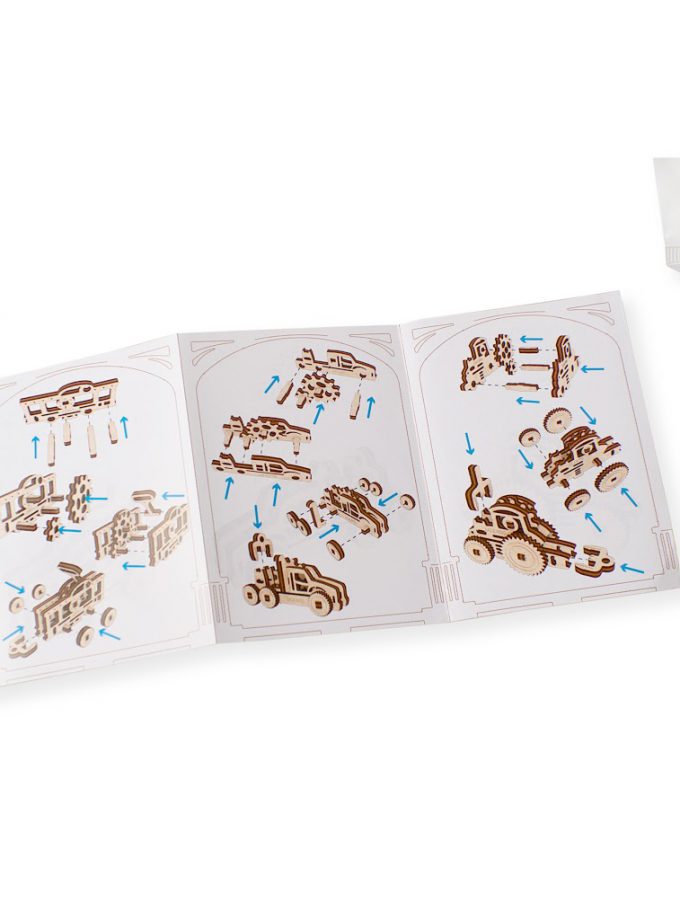
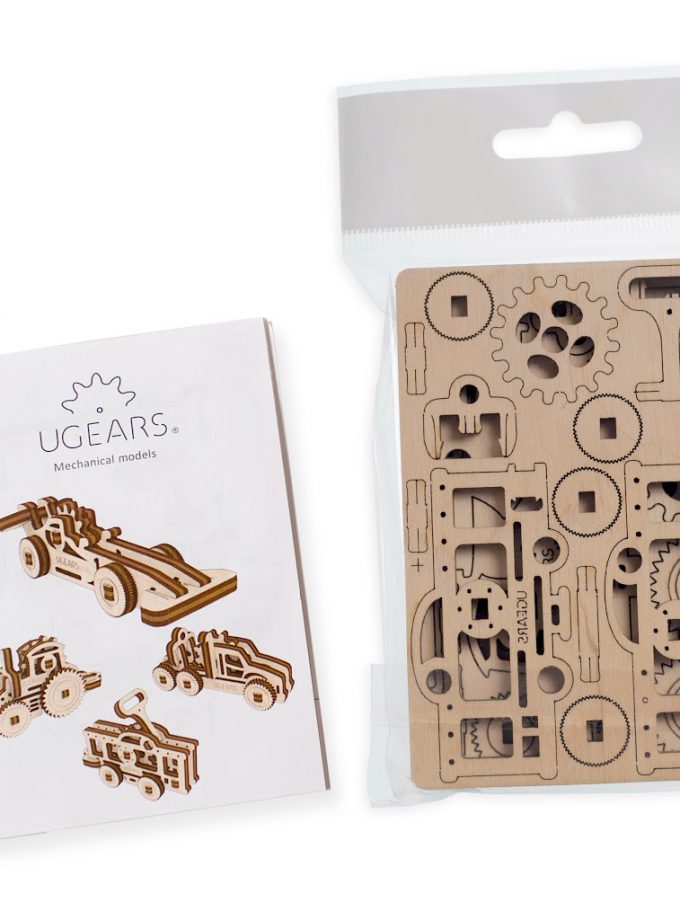


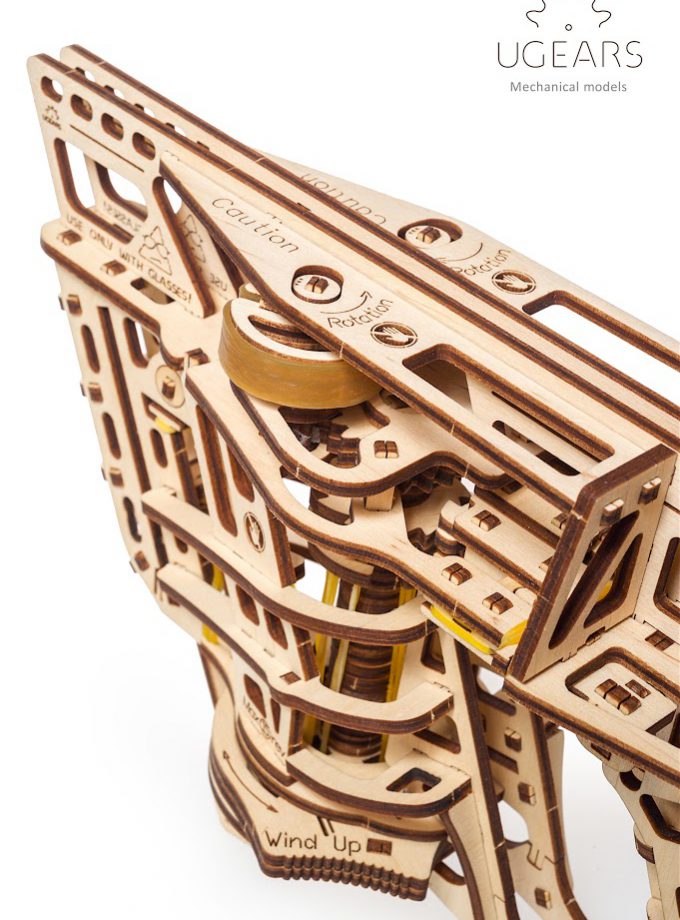
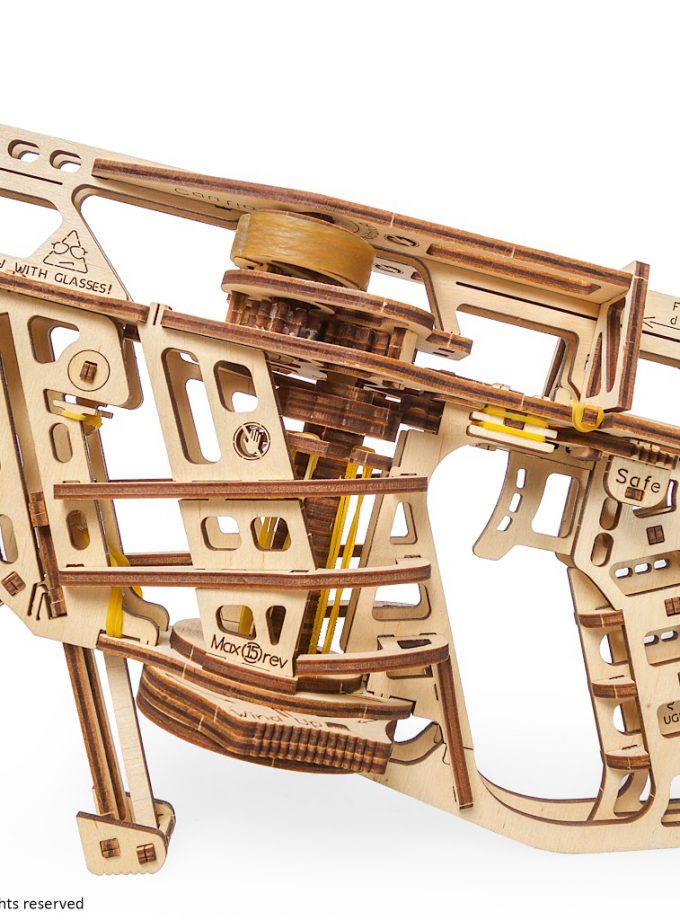
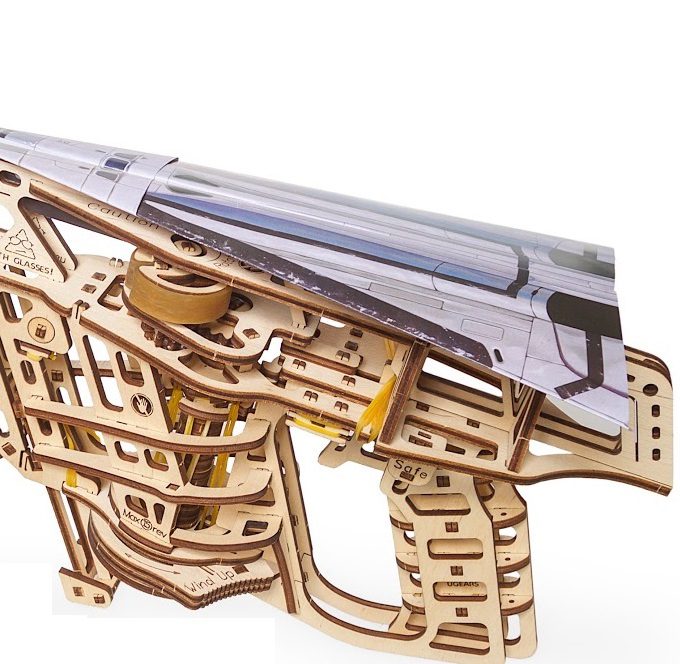
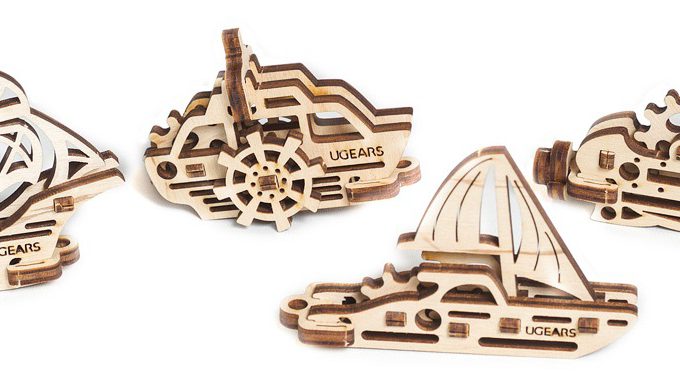
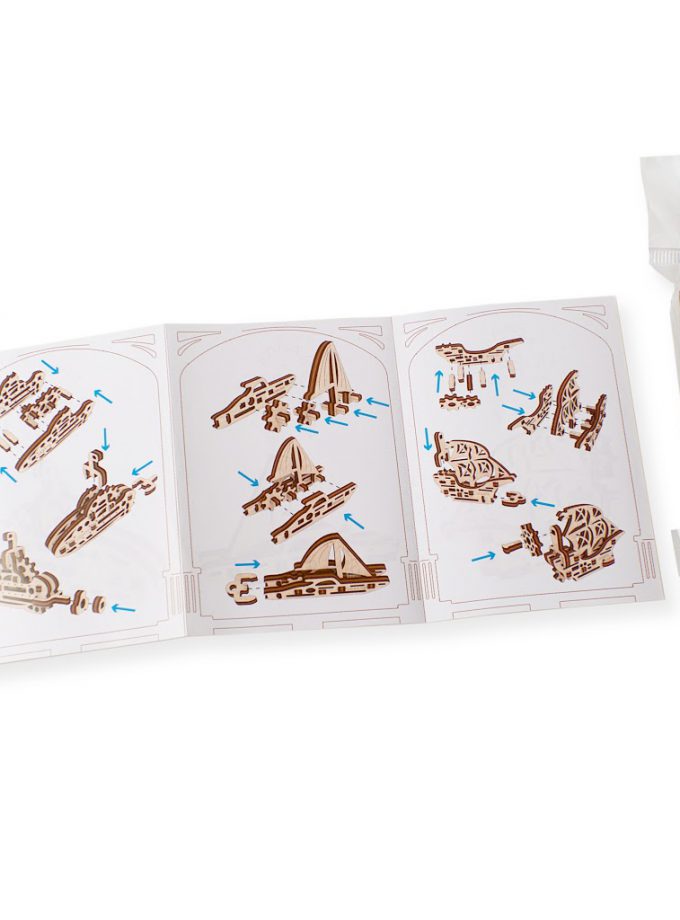
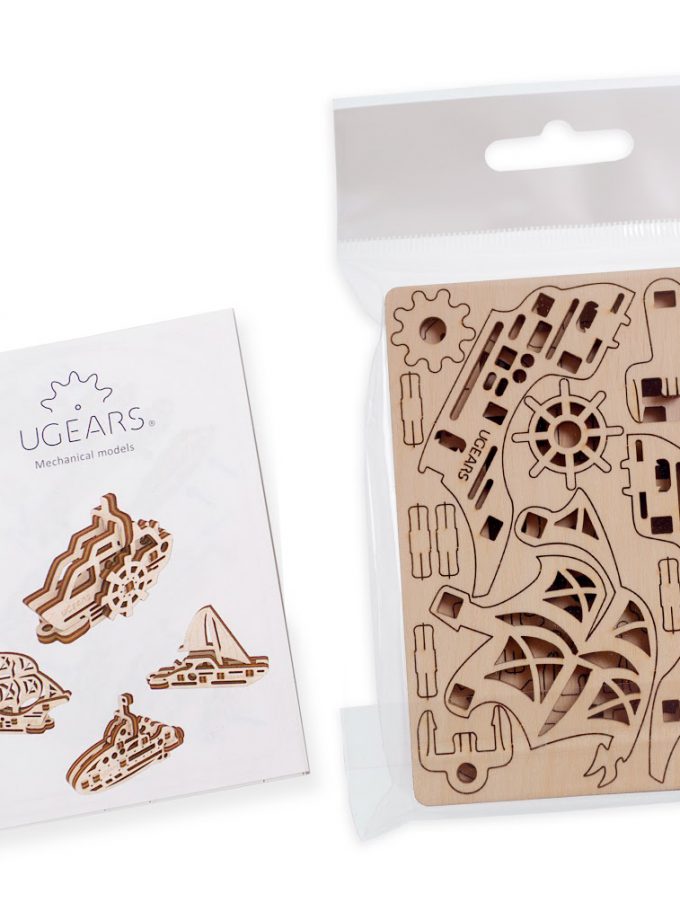

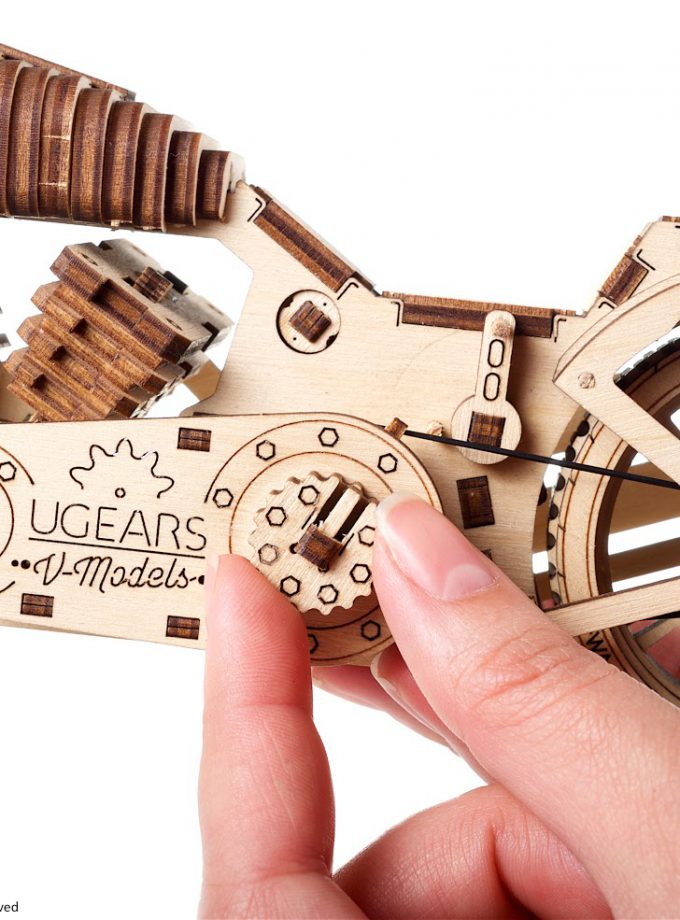
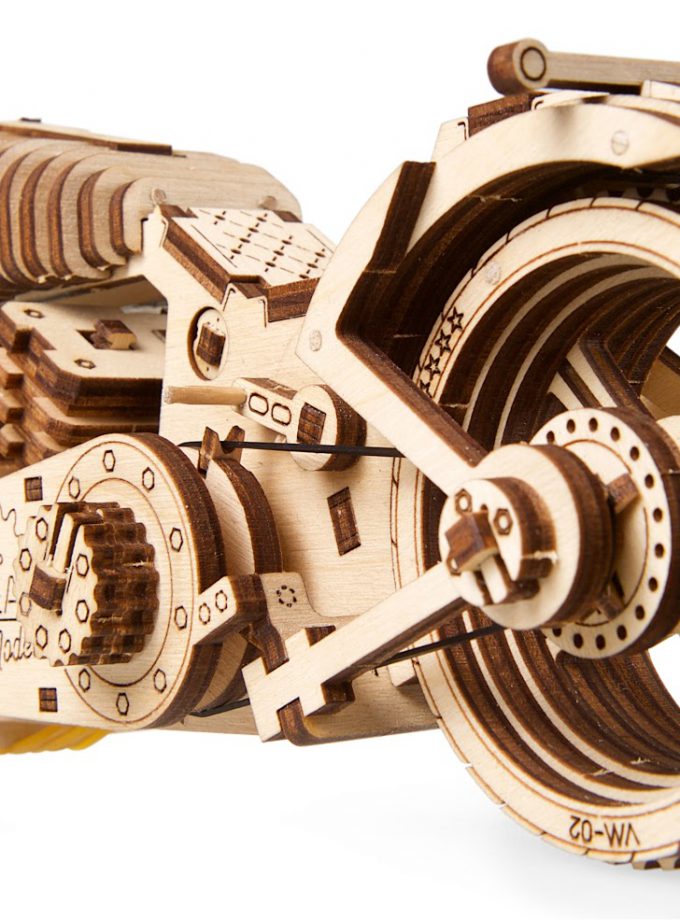
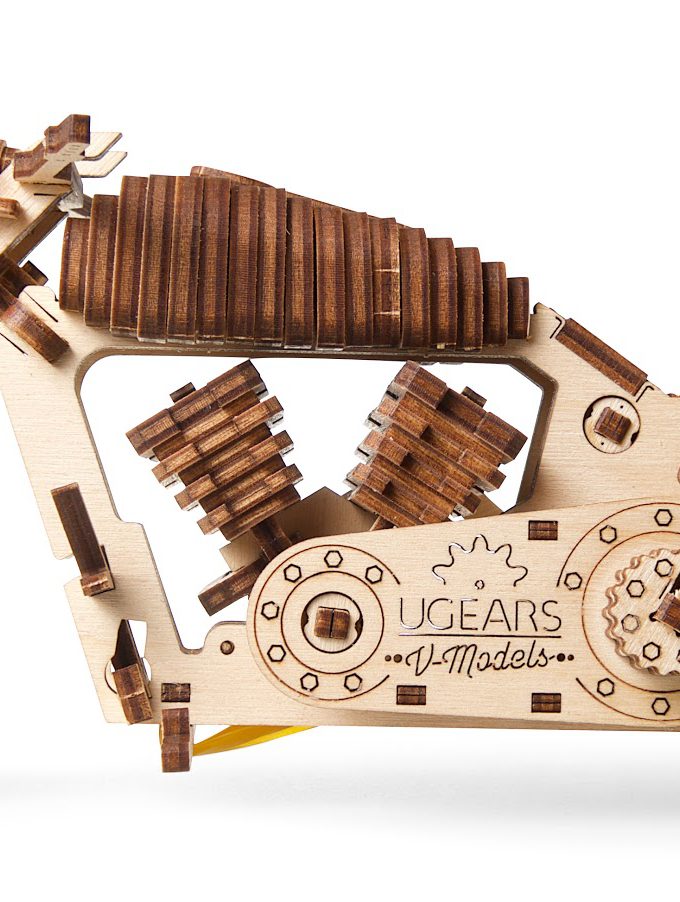
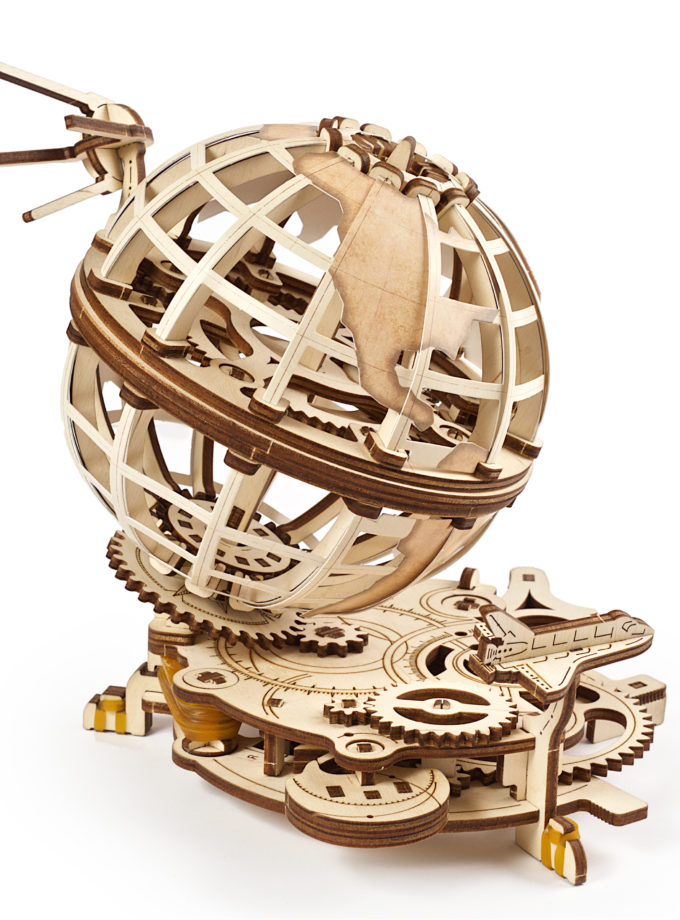
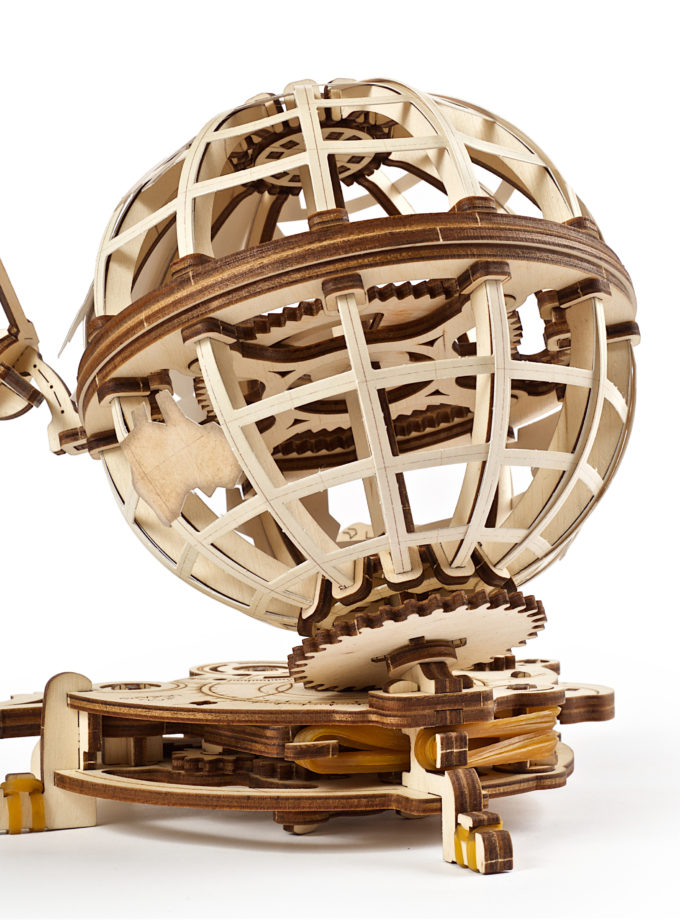
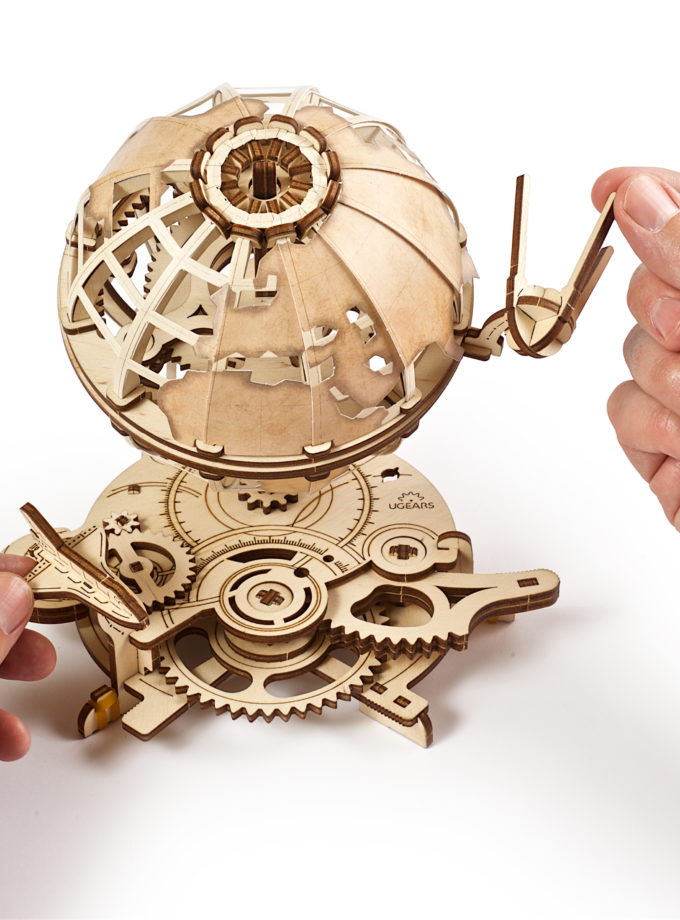
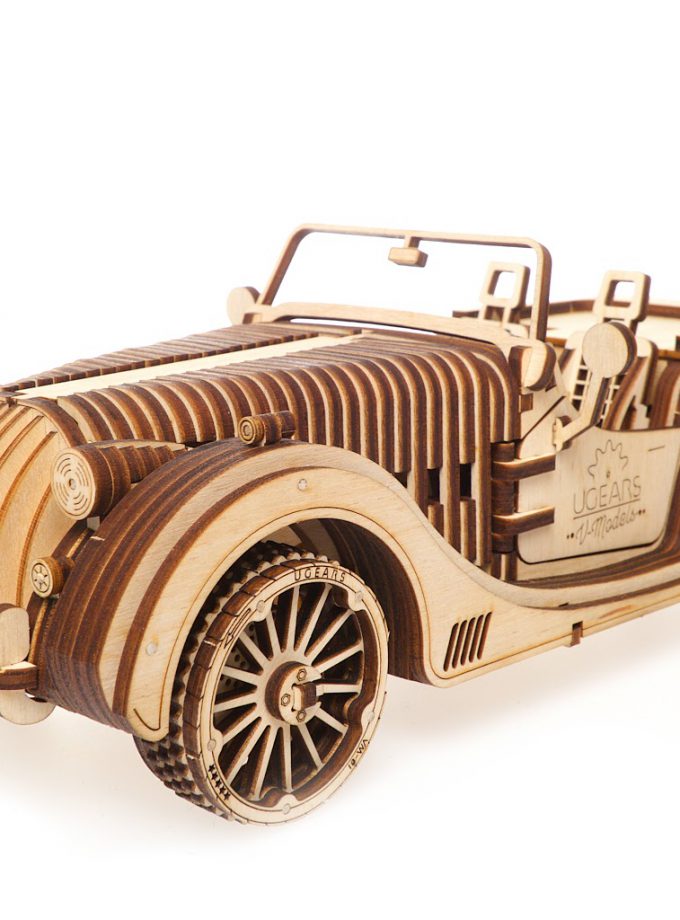
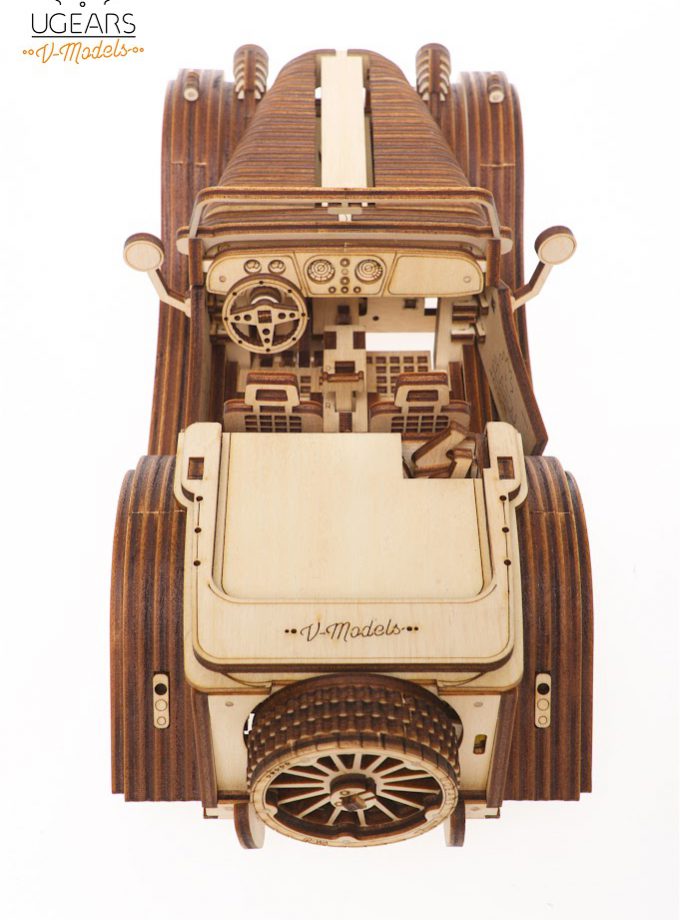
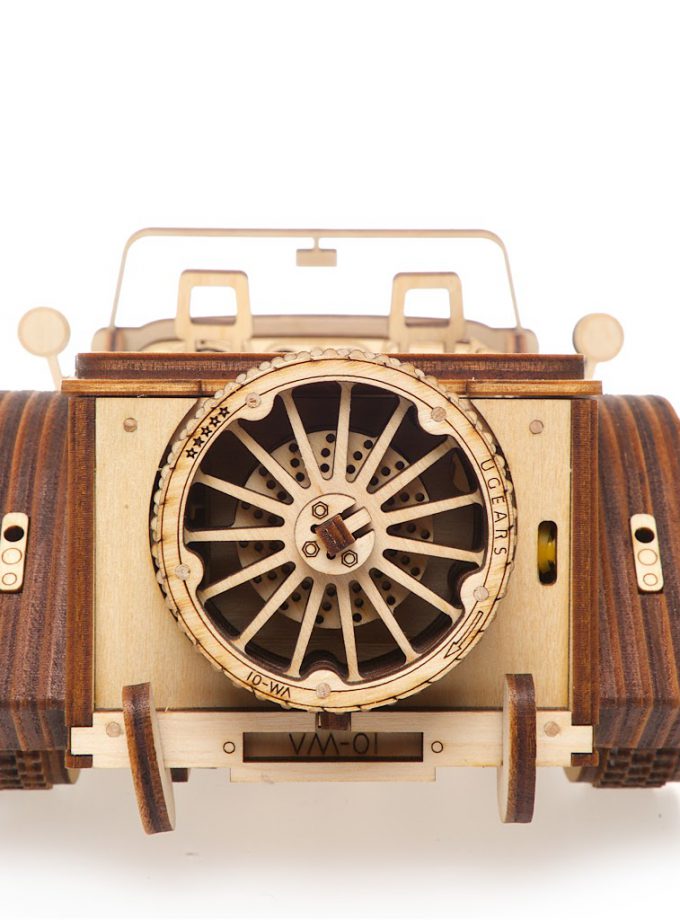
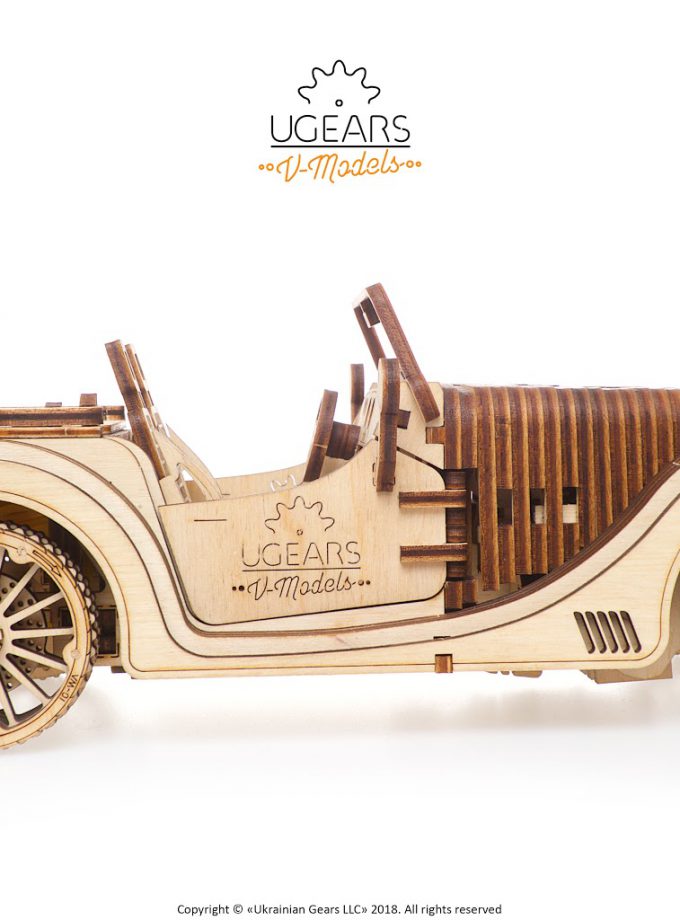

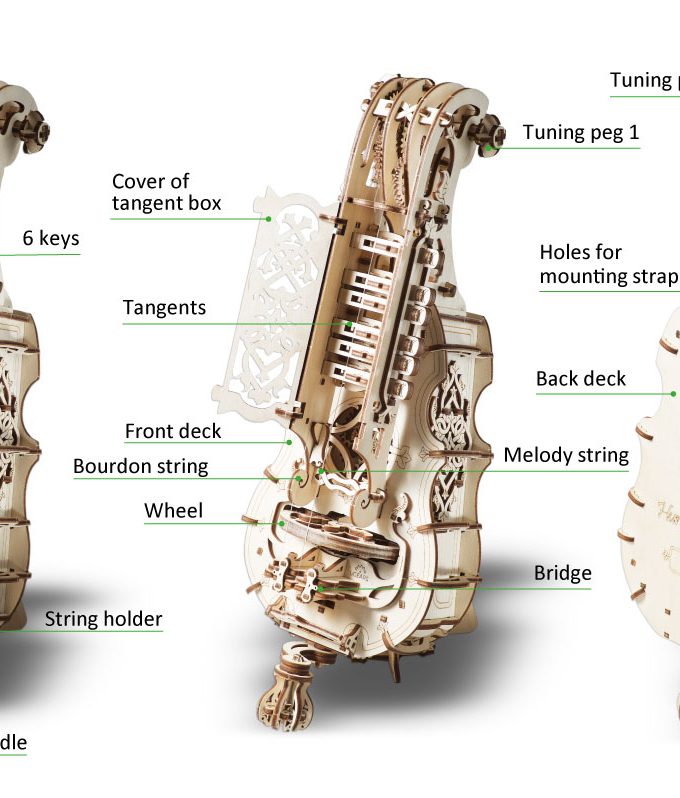
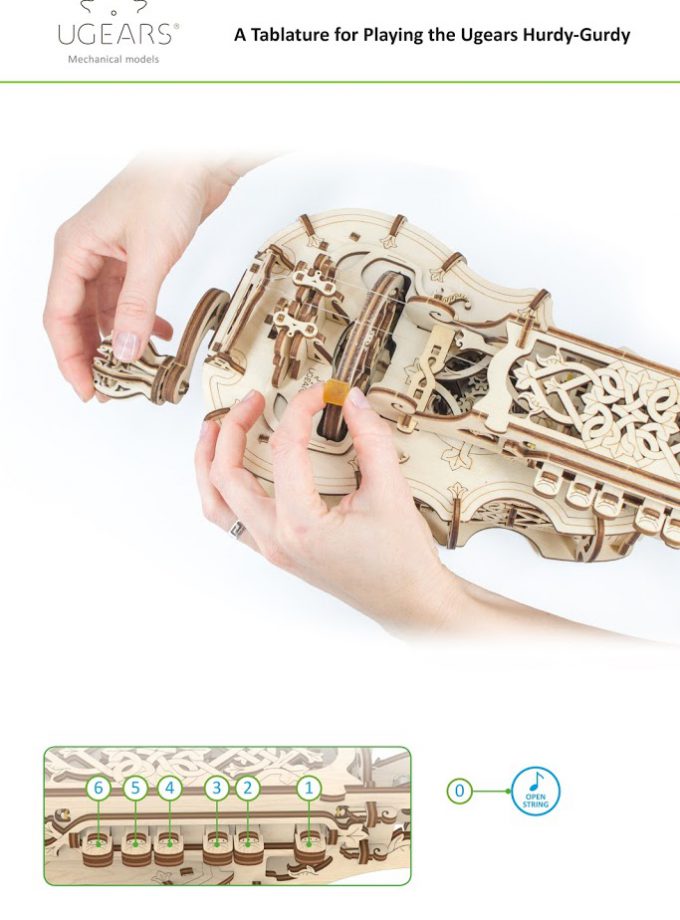
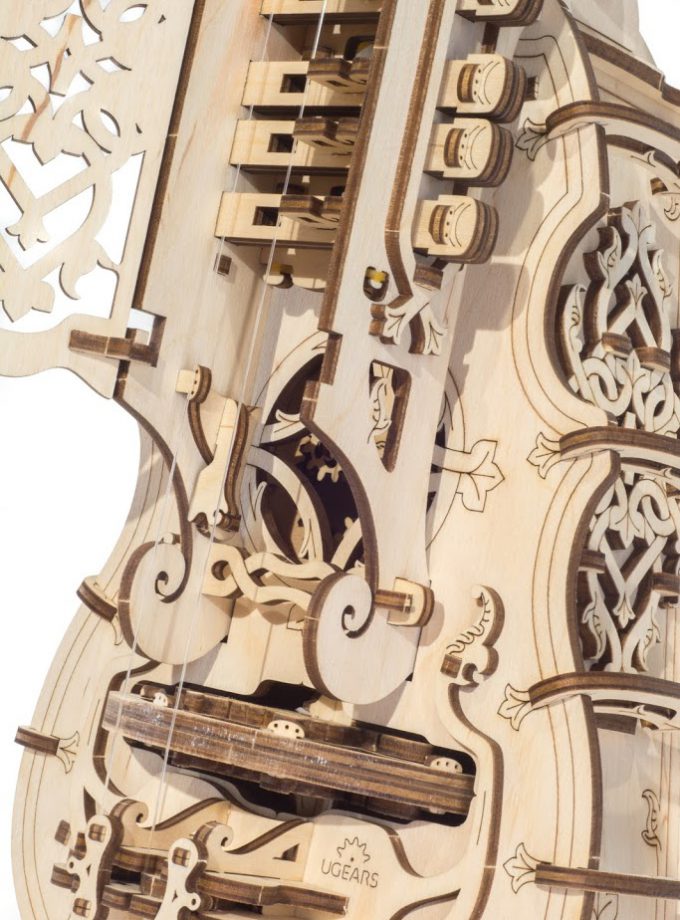
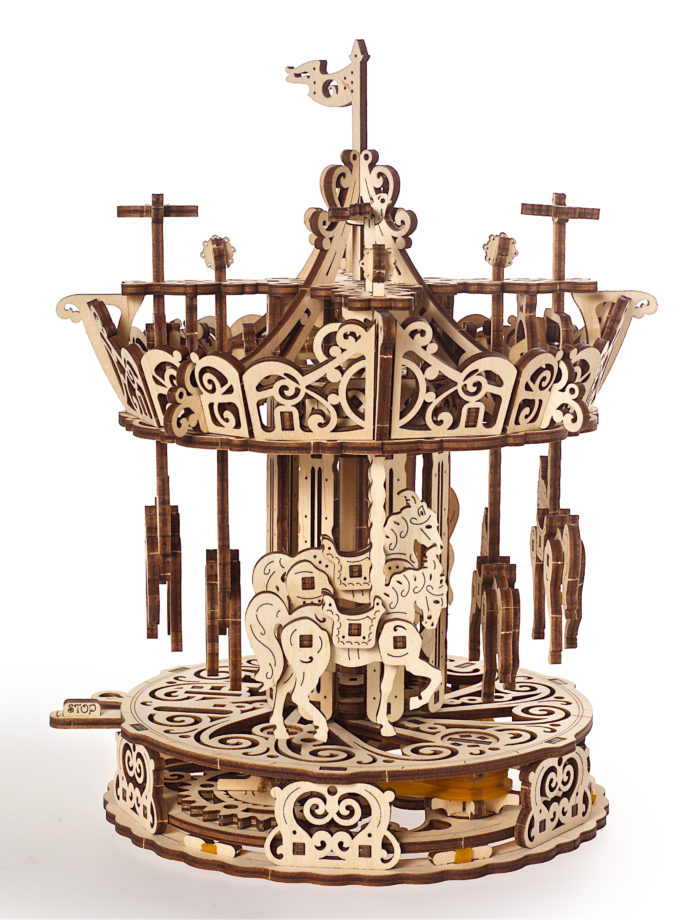
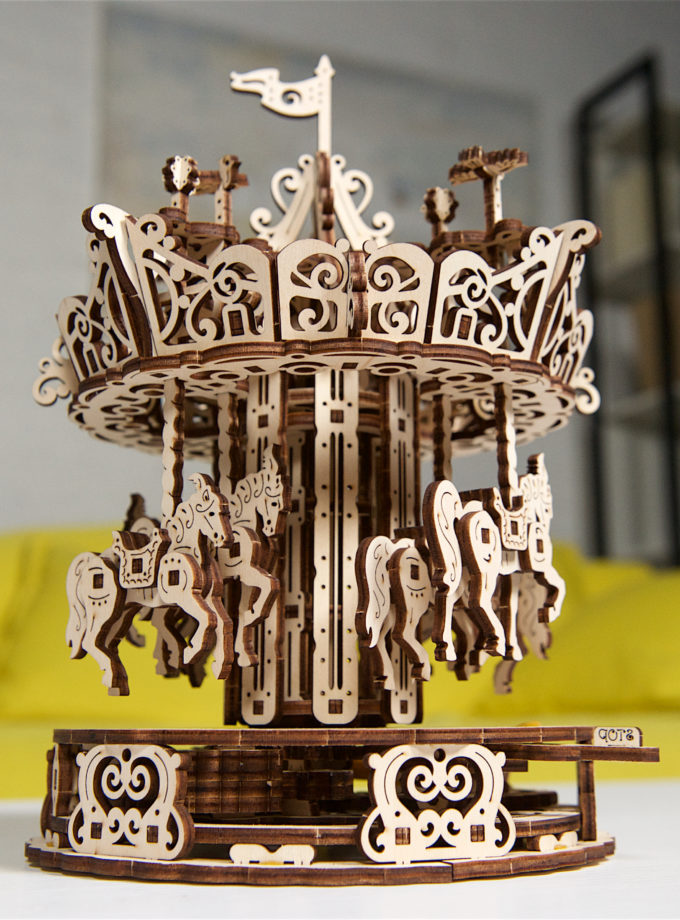
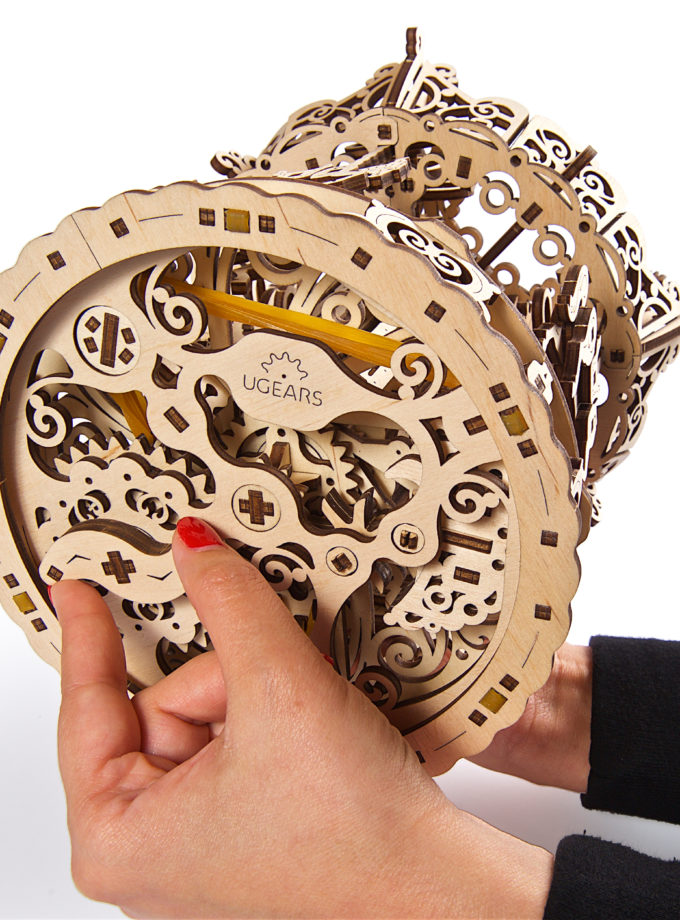
 No products in the cart.
No products in the cart. 

